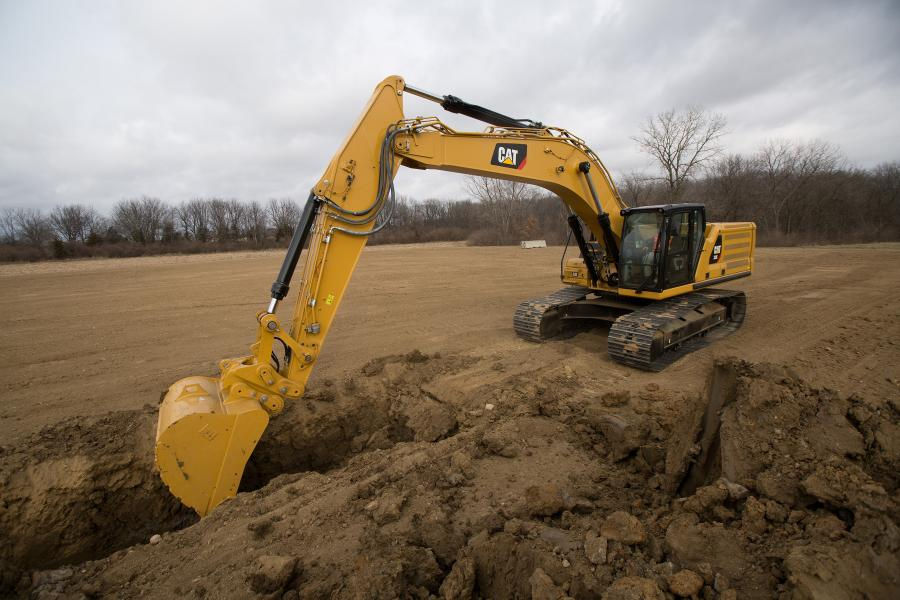Concrete Retaining Walls: Strength, Functionality, and Aesthetics
- Midtex Services
- Feb 18, 2024
- 2 min read
Updated: Jun 16, 2024

In the realm of landscaping and structural design, concrete retaining walls stand as stalwart guardians, blending strength with beauty and functionality. These versatile structures serve a multitude of purposes, from preventing soil erosion to creating visually striking terraced landscapes. Let's delve into the world of concrete retaining walls and uncover their key attributes:
1. Structural Integrity:
One of the primary roles of a concrete retaining wall is to provide structural stability and prevent soil movement. Whether it's a small garden bed or a towering hillside, these walls are engineered to withstand the pressure of retained earth, maintaining the integrity of the landscape and surrounding structures.
2. Soil Erosion Control:
In areas prone to erosion, such as sloped terrain or waterfront properties, concrete retaining walls act as barriers against soil erosion. By holding back soil and preventing runoff, these walls help preserve the landscape, protect adjacent structures, and maintain a stable environment for plant growth.
3. Terracing and Landscaping:
Concrete retaining walls offer endless possibilities for creating terraced landscapes and tiered gardens. Their modular design allows for customization in height, shape, and curvature, enabling landscape architects and homeowners to sculpt multi-level outdoor spaces with visual appeal and functionality.
4. Water Management:
In addition to soil retention, concrete retaining walls play a role in water management. They can be designed with drainage systems that redirect excess water away from the retained soil, preventing saturation, erosion, and water-related damage to the landscape.
5. Durability and Longevity:
Concrete is renowned for its durability and longevity, making it an ideal material for retaining walls. Properly constructed and maintained concrete walls can withstand the test of time, weather elements, and environmental factors, ensuring years of reliable performance and structural integrity.
6. Aesthetic Options:
While functionality is paramount, concrete retaining walls also offer aesthetic appeal. They come in a variety of finishes, textures, and colors, allowing homeowners and designers to choose options that complement the surrounding landscape and architectural style. Decorative elements such as engraving, staining, or textured patterns can further enhance the visual impact of concrete walls.
7. Installation Considerations:
The installation of concrete retaining walls requires professional expertise and adherence to engineering principles. Factors such as soil type, drainage, load-bearing capacity, and local building codes influence the design and installation process. Hiring a reputable contractor ensures proper planning, construction, and compliance with regulatory standards.
8. Environmental Benefits:
Concrete retaining walls contribute to environmental sustainability by preventing soil erosion, promoting water conservation through drainage systems, and creating habitats for vegetation. They also require minimal maintenance, reducing the need for ongoing repairs and replacements.
In conclusion, concrete retaining walls embody a harmonious blend of strength, functionality, and aesthetics in landscaping and structural design. Whether used for erosion control, terracing, water management, or enhancing outdoor spaces, these versatile structures showcase the enduring qualities of concrete while adding beauty and value to residential and commercial landscapes alike.





Comments